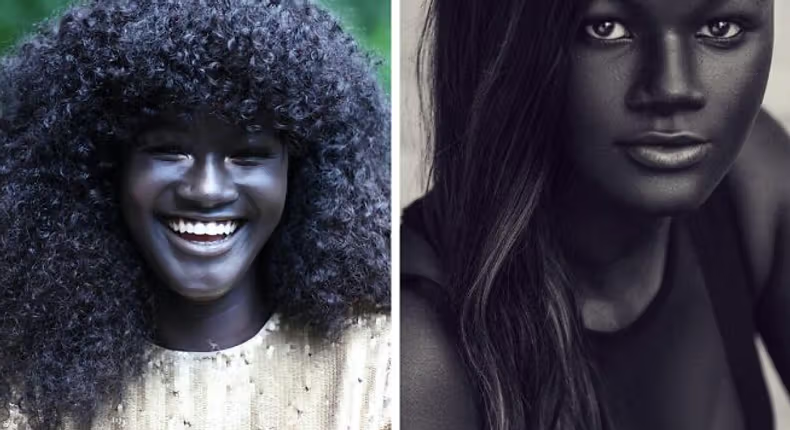People living near the Equator, where sunlight is most intense year-round, have evolved to have darker skin due to the high levels of ultraviolet (UV) radiation they are exposed to.
Melanin and Sun Protection: The primary reason for this adaptation is melanin, the pigment responsible for skin color. Melanin not only determines skin tone but also serves as a natural protector against UV rays. Higher melanin levels provide greater protection from the sun’s harmful effects, such as sunburn and skin cancer.
Evolutionary Advantage: In equatorial regions with strong sunlight, darker skin offers a significant survival advantage. Over time, this adaptation has become prevalent among populations living in these areas, helping them avoid sun-related skin damage.
Variation by Latitude: In contrast, regions farther from the Equator receive less direct sunlight. Consequently, people in these areas, such as northern Europe and parts of Asia, have developed lighter skin. This adaptation aids in maximizing the absorption of sunlight, which is crucial for producing vitamin D, necessary for bone health and overall well-being.
Conclusion: Skin color variations across the globe are a result of evolutionary adaptations to different levels of sun exposure. Darker skin near the Equator protects against intense UV radiation, while lighter skin in less sunny regions helps in vitamin D synthesis.

